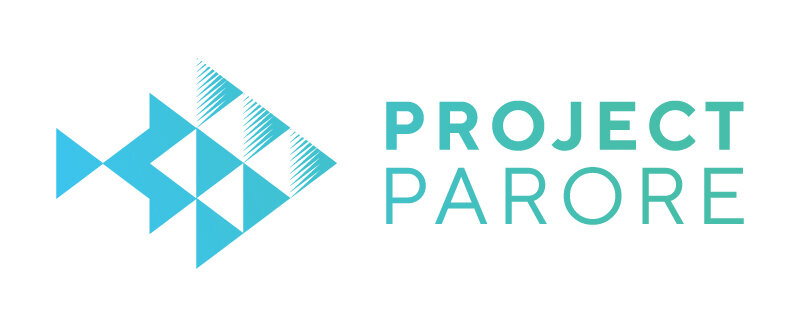Katikati based Project Parore is now able to put people, as well as ideas to work for the benefit of its ecological restoration projects in the catchments of the Northern Tauranga Harbour, thanks to new funding.
The $5 million of funding, which is stretched over the next five years, includes a recent $1,748,000 grant from the Ministry for the Environment’s Jobs for Nature fund.
“This means we can employ a project manager, a team leader and two restoration crew members full time. Until now we have relied solely on wonderful teams of volunteers and landowners to do much of our work,” says Lawrie Donald of Project Parore.
Financial support has also come from Bay of Plenty Regional Council, Bay Trust, TECT, Western Bay of Plenty District Council, Katikati Taiao and the Department of Conservation.
“We are extremely grateful for the funding we have received, which makes it possible for us to help our community implement environmental programmes,” says Lawrie who has been instrumental in preparing the organisation’s successful funding applications.
Project Parore’s mission stretches across eight adjoining catchments: Aongatete, Waitekohe, Te Mania, Te Rereatukahia, Uretara, Tahawai, Tuapiro and Waiau, all of which flow from the Kaimai range into the northern tidal zone of the Tauranga Harbour.
David Peters, the newly elected chair of Project Parore’s governance board says because of health and safety requirements, the work of community volunteers is often restricted to planting trees. “We are incredibly grateful to our volunteers and landowners and absolutely want them to remain involved. Once we employ staff trained to operate powered equipment and use chemicals, working five days a week on all terrain, we can more quickly make a difference at scale and help our vision come to life.”
That vision includes not only enhancing water quality and biodiversity but also creating wildlife corridors from the hills to the harbour by controlling pests, protecting native vegetation and carrying out restoration of coastal areas.
Entomologist Peter Maddison, patron and scientific advisor to Project Parore, says work to stop soil and nutrients from entering waterways in the first place, swales to slow down water movements and the planting of a succession of plants to stop sediment getting into the harbour is vital.
“We will be growing native plants especially for these restoration projects at our nursery. We will not compete with commercial nurseries but grow the more unusual, endangered and hard to propagate species.”
One of the first projects the new staff will be involved in is pest and weed control and the formation of walking tracks in the Waitekohekohe Reserve (previously Lund Road Reserve) which is a mix of native bush and pine forest located between Lund Road and Thompsons Track and includes the Waitekohe Stream.
Lawrie says the team will also be available to assist landowners to carry out restoration projects on private land.
Peter says another pleasing development is working closely with local hapū.“We want to meld their goals and ideas with ours so together we can bring the once abundant native fish parore back to the Tauranga Harbour by improving land management practices and protecting waterways from further degradation.”

